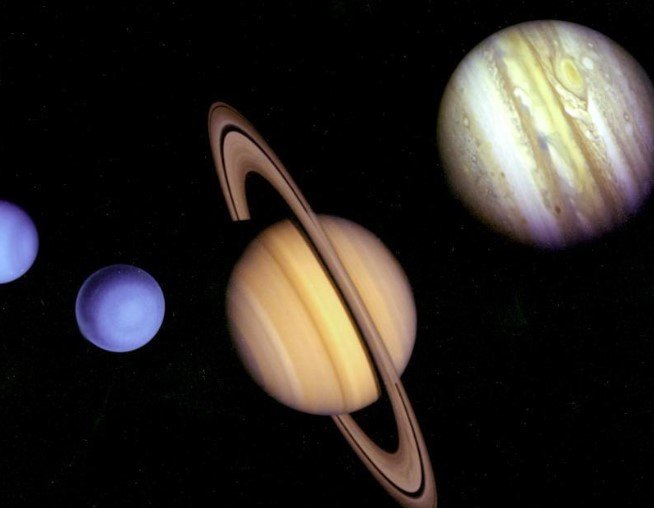In late February, sky-watchers will be treated to a rare celestial event: the alignment of seven planets. While they won’t be perfectly lined up, the spectacle promises to offer an incredible sight for stargazers. Here’s what this alignment means and why it’s worth catching.
What to Expect: The Seven-Planet Alignment
In February 2025, Venus, Mars, Jupiter, Saturn, Uranus, Neptune, and Mercury will all appear together in the night sky. The event, though fleeting, will provide a chance to view these planets in one stunning arc. For those who love to gaze at the heavens, this is not something to miss.
While six of these planets—Venus, Mars, Jupiter, Saturn, Uranus, and Neptune—are already visible in the sky, it’s Mercury’s brief appearance that will make the alignment even more special. It will join the group for just one night, adding to the spectacle. Although they won’t be perfectly aligned, the planets will appear to follow a curved path, thanks to the way they orbit the Sun.
Why Is This Event So Rare?
The planets in our solar system revolve around the Sun, but not all at the same speed or on the same path. While all eight major planets share a similar orbital plane, they don’t take the same amount of time to complete their orbits. For example, Mercury, the closest planet to the Sun, takes just 88 days to make one full revolution. On the other hand, Neptune, the farthest, takes over 60,000 days to complete its orbit.

This variation in orbital speeds leads to moments where several planets end up on the same side of the Sun, causing them to appear lined up from Earth’s perspective. However, the alignment will never be perfect, as the planets are positioned at different angles in their orbits.
The Phenomenon of Planetary Alignments
Planetary alignments aren’t as uncommon as one might think. They occur every so often due to the planets’ different orbits. But an alignment involving seven planets is something that doesn’t happen frequently, making this upcoming event even more remarkable.
The last significant planetary alignment took place in 2020, but it didn’t involve as many planets. As for the alignment of February 2025, it will be visible to observers around the world, though the exact timing and visibility can vary depending on your location.
The planets will appear to line up in a rough arc across the sky, with Venus, Mars, Jupiter, and Saturn the most noticeable. Uranus and Neptune, being farther from Earth, will be harder to spot without a telescope. Mercury’s inclusion will provide a special twist to the event, adding a rare moment of alignment to the otherwise familiar group.
A Guide to Viewing the Alignment
For those looking to catch this extraordinary event, here are a few tips to ensure you don’t miss it:
- Timing: The alignment will occur on a single night in February. Exact dates and times can vary based on where you live, so check local stargazing guides.
- Location: Find a dark area with minimal light pollution to get the best view. Urban areas might hinder visibility, so rural or high-altitude locations are ideal.
- Telescope: While Venus, Mars, Jupiter, and Saturn will be visible with the naked eye, Uranus and Neptune will require a telescope for a clear view. Mercury, though visible, will also be a bit harder to spot without proper equipment.
The Scientific Significance of Planetary Alignments
While these alignments are spectacular to watch, they also offer an opportunity for scientists to study the dynamics of the solar system. These events allow astronomers to observe the interactions between planets and how their movements influence the gravitational forces within the system.
Alignments can also provide valuable insights into the history of our solar system. The patterns in planetary motion help scientists understand the formation of planetary bodies and how they settled into their current positions. It’s not just a beautiful show in the sky—it’s also a chance to learn more about the universe around us.
What Does It Mean for Stargazers?
For amateur astronomers and sky enthusiasts, planetary alignments are a reminder of the vastness and complexity of space. They offer a moment to reflect on the wonders of the cosmos and spark curiosity about the mechanics that govern our solar system.
Alignments, like the one coming up in February, also serve as a reminder of how interconnected everything is. The motions of the planets may seem random, but they follow an intricate pattern that has persisted for billions of years. So, as you gaze at the seven planets in February, remember you’re witnessing a moment of cosmic harmony, even if it’s only for one brief night.
